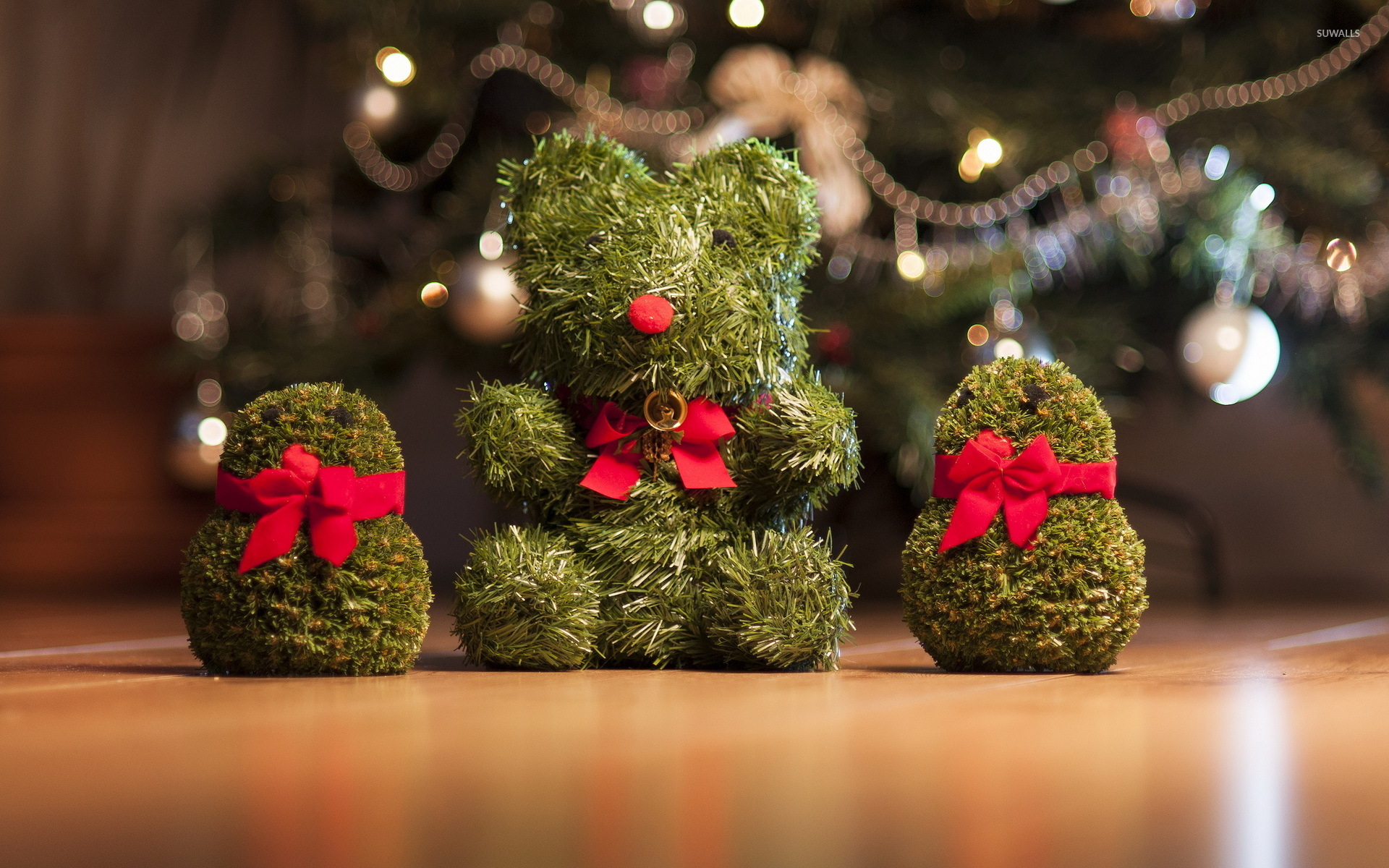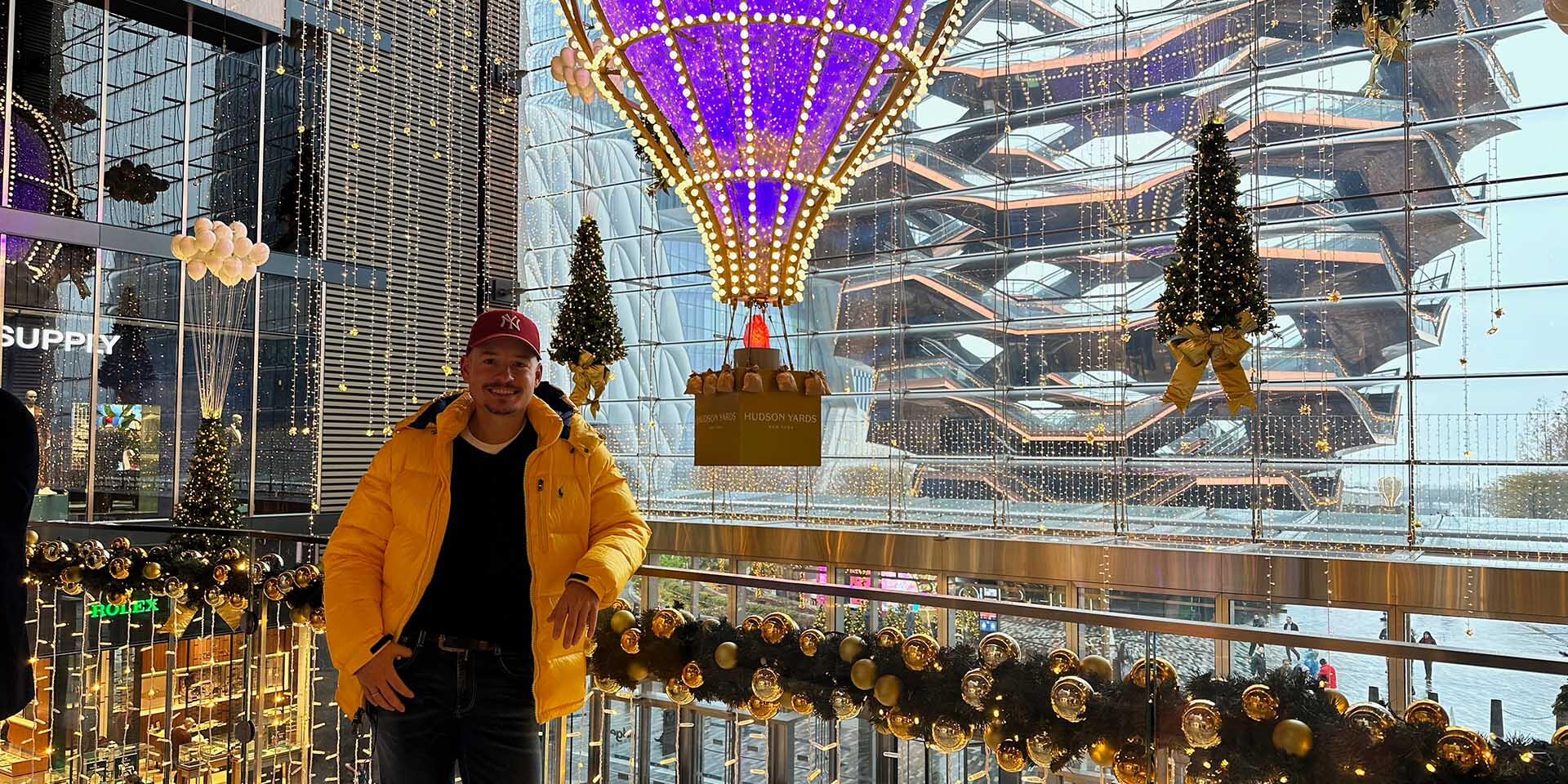5 Surprising Facts About Christmas's Parasitic Mistletoe
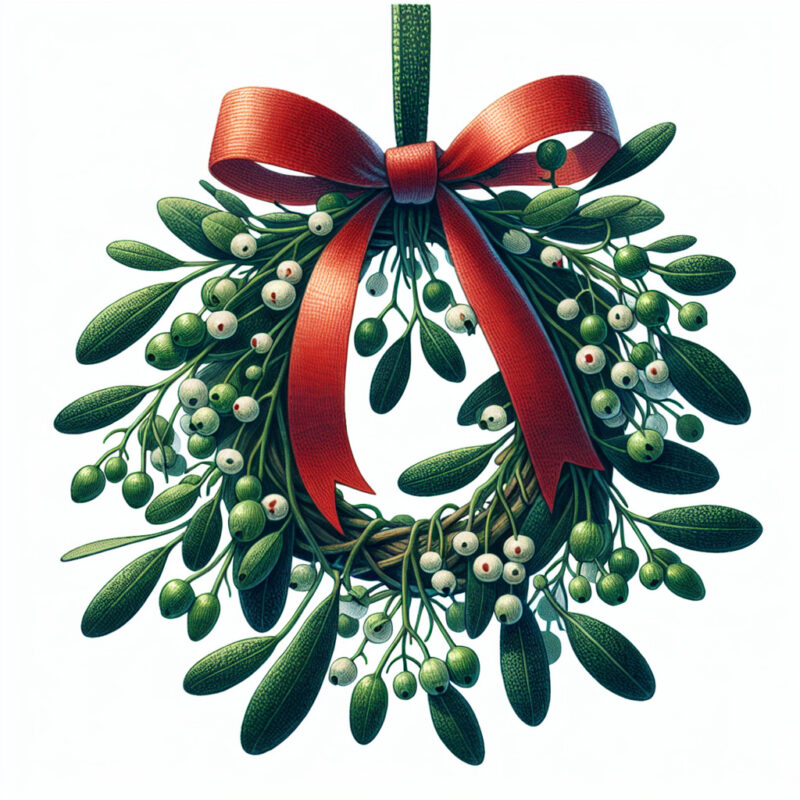
Christmas is often associated with festive decorations, twinkling lights, and the warmth of holiday spirit. Yet, among these symbols, there's one that stands out not just for its festive use but also for its intriguing biology - the mistletoe. More than a mere holiday decoration, mistletoe has a story that entwines with nature, myth, and even human psychology. Here, we delve into five surprising facts about this parasitic plant.
Mistletoe Isn’t Just One Plant

When we picture mistletoe, we often think of a single species with white berries and glossy leaves. However, mistletoe is a term that encapsulates a diverse family of hemiparasitic plants. There are around 1,300 species of mistletoe spread across different continents, and they can be found in various habitats from the American Southwest to the European woodlands.
- Phoradendron: The genus common in North America, often used for holiday decor.
- Viscum album: Known as European mistletoe, often used in folk medicine.
- Loranthus: Prevalent in Asia and Australia, this genus exhibits a variety of forms and functions.
🌱 Note: Mistletoe species are distinguished by their host plants and geographic distribution.
The Parasitic Nature of Mistletoe
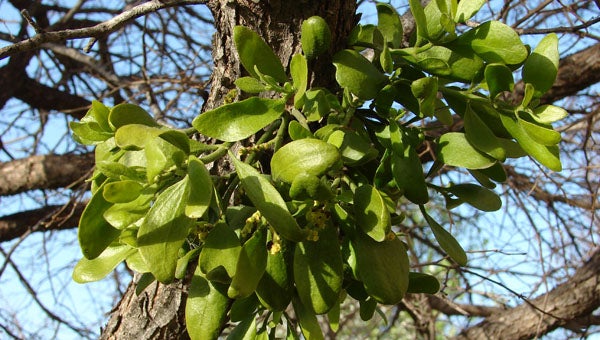

Mistletoe is more than just a decorative sprig. It’s a parasite, tapping into trees for water and nutrients. Here’s how it works:
- Seeds Germination: Mistletoe seeds often stick to bird feathers or beaks, eventually being wiped off on a new tree branch. The seed develops a small radicle that penetrates the tree bark, establishing a haustorium.
- Nutrient Extraction: Once the haustorium forms, the mistletoe can extract water and nutrients directly from its host’s vascular system.
- Photosynthesis: Despite being parasitic, mistletoe is not entirely dependent on its host; it also produces energy through photosynthesis.
Mistletoe in Mythology and Culture
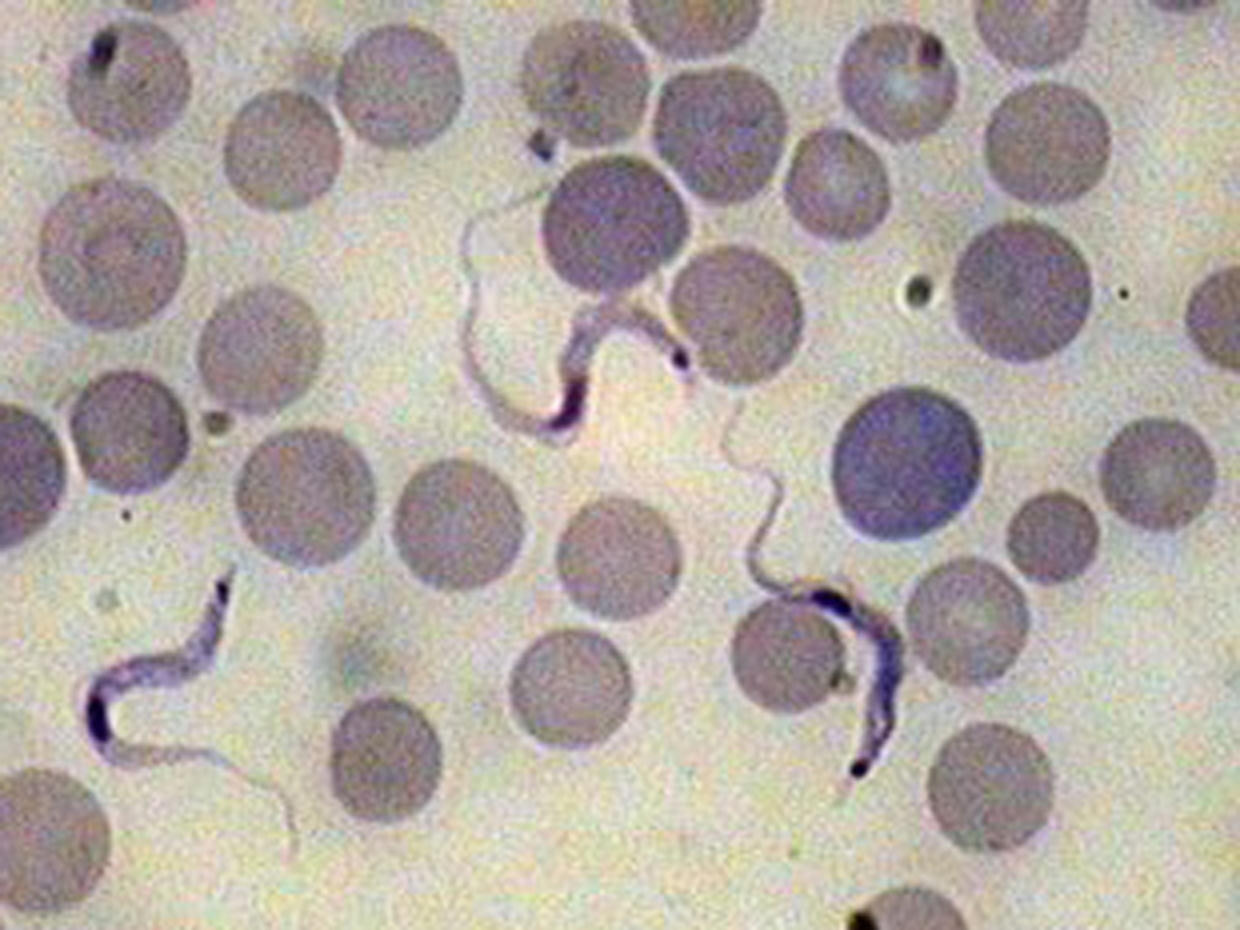
Mistletoe is deeply rooted in human culture and mythology:
- Norse Mythology: In the tale of Balder, the god of light, the only thing that could harm him was mistletoe. This story perhaps symbolizes the dual nature of the plant - both benign and dangerous.
- Druidic Tradition: Ancient Druids considered mistletoe sacred, especially when found growing on oak trees, seeing it as a symbol of immortality.
- Modern Tradition: The holiday tradition of kissing under the mistletoe stems from these ancient beliefs about its mystical and medicinal properties.
Mistletoe and Wildlife

Despite being a parasite, mistletoe plays an important role in ecosystems:
- Bird Habitat: Some bird species, like the mistletoe bird, feed almost exclusively on mistletoe berries and help distribute the seeds through their droppings.
- Biodiversity: By altering the structure and biochemistry of their host trees, mistletoe creates unique microhabitats that can support a variety of insects and other plant species.
- Winter Refuge: Mistletoe’s evergreen nature provides food and shelter for wildlife during harsh winter months when other food sources are scarce.
Mistletoe’s Impact on Host Trees
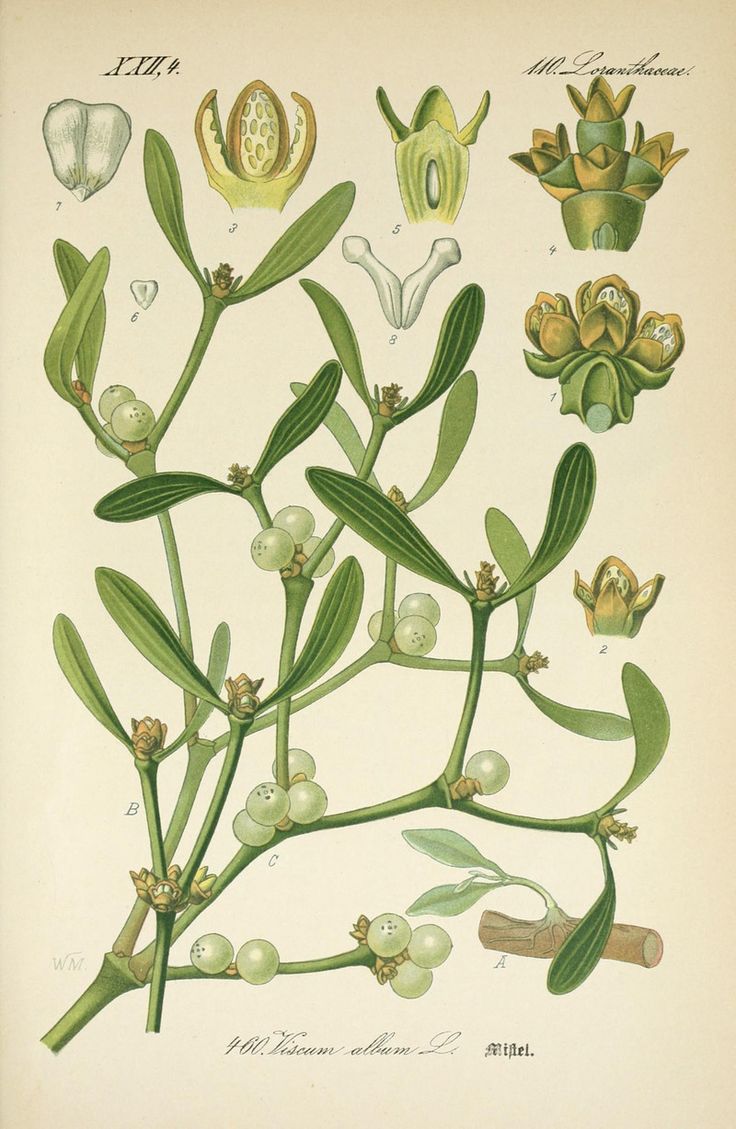

While mistletoe can bring about beautiful holiday decorations, its presence on host trees can lead to various effects:
- Reduced Health: Mistletoe can weaken host trees, leading to stunted growth, dieback, and even death in extreme cases.
- Structural Impact: Over time, the plant can alter tree structures, creating weak spots where branches might break.
- Paradoxical Effects: Some believe that mistletoe’s small-scale parasitism might benefit a forest’s overall health by preventing any one species from overly dominating an ecosystem.
🌳 Note: Regular pruning or removal of mistletoe from valuable trees can help preserve their health.
In wrapping up, the tale of mistletoe is not just a festive ornament story but a narrative of parasitic botanical complexity, cultural symbolism, and ecological interdependence. This plant, with its dual nature of beauty and parasitism, serves as a reminder of the intricate web of life. Mistletoe’s history with humans extends from ancient times, influencing traditions, beliefs, and even scientific inquiry. Understanding mistletoe provides not only insight into natural processes but also into our own cultural practices and how they connect us to the natural world.
Is mistletoe harmful to the trees it grows on?
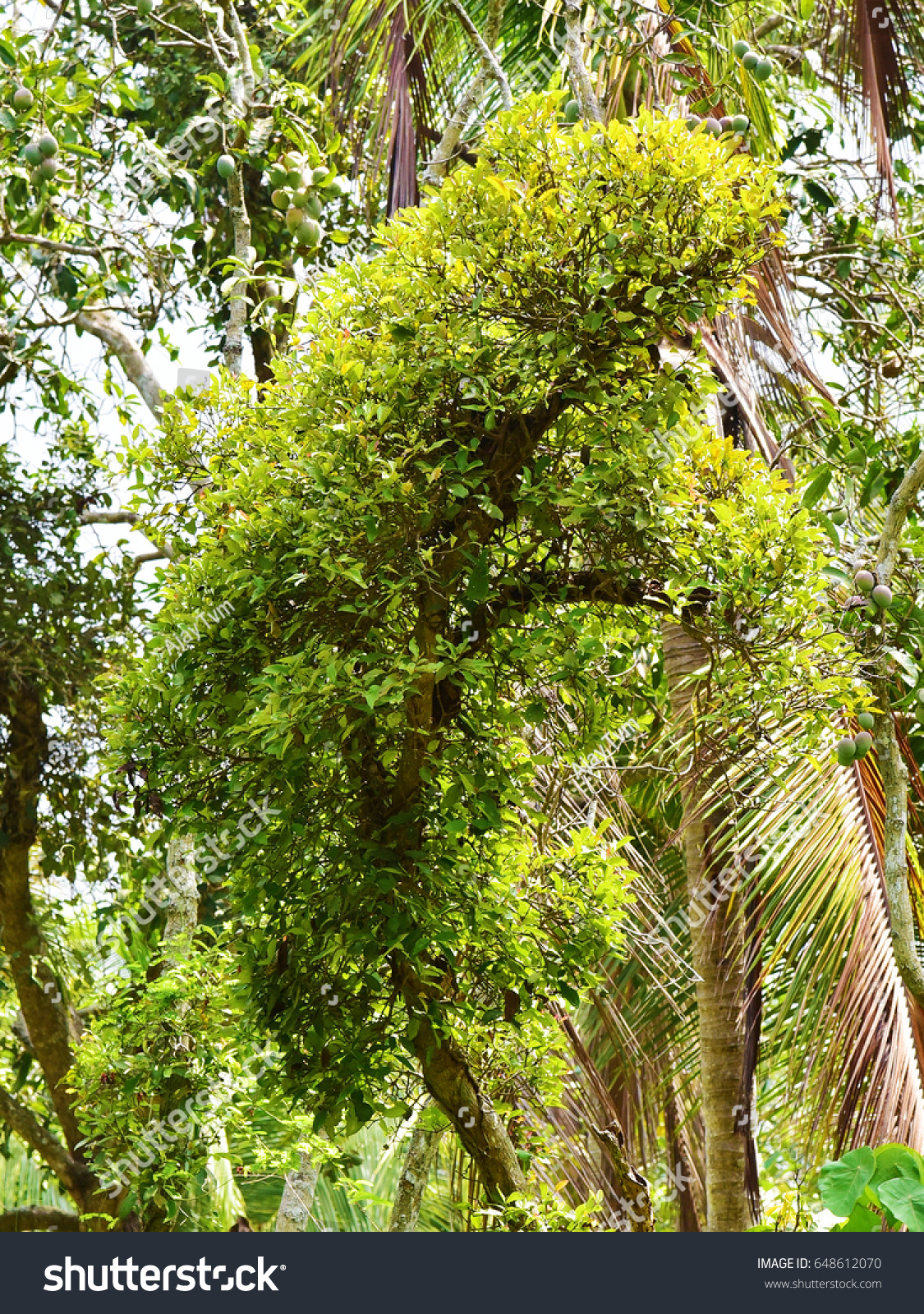
+
Mistletoe can weaken the host tree, especially when heavily infested. It diverts nutrients and water from the tree, potentially causing decline in health, reduced growth, and even structural damage. However, the impact varies with the species of mistletoe, the health of the host tree, and the degree of infestation.
Why do people kiss under mistletoe?
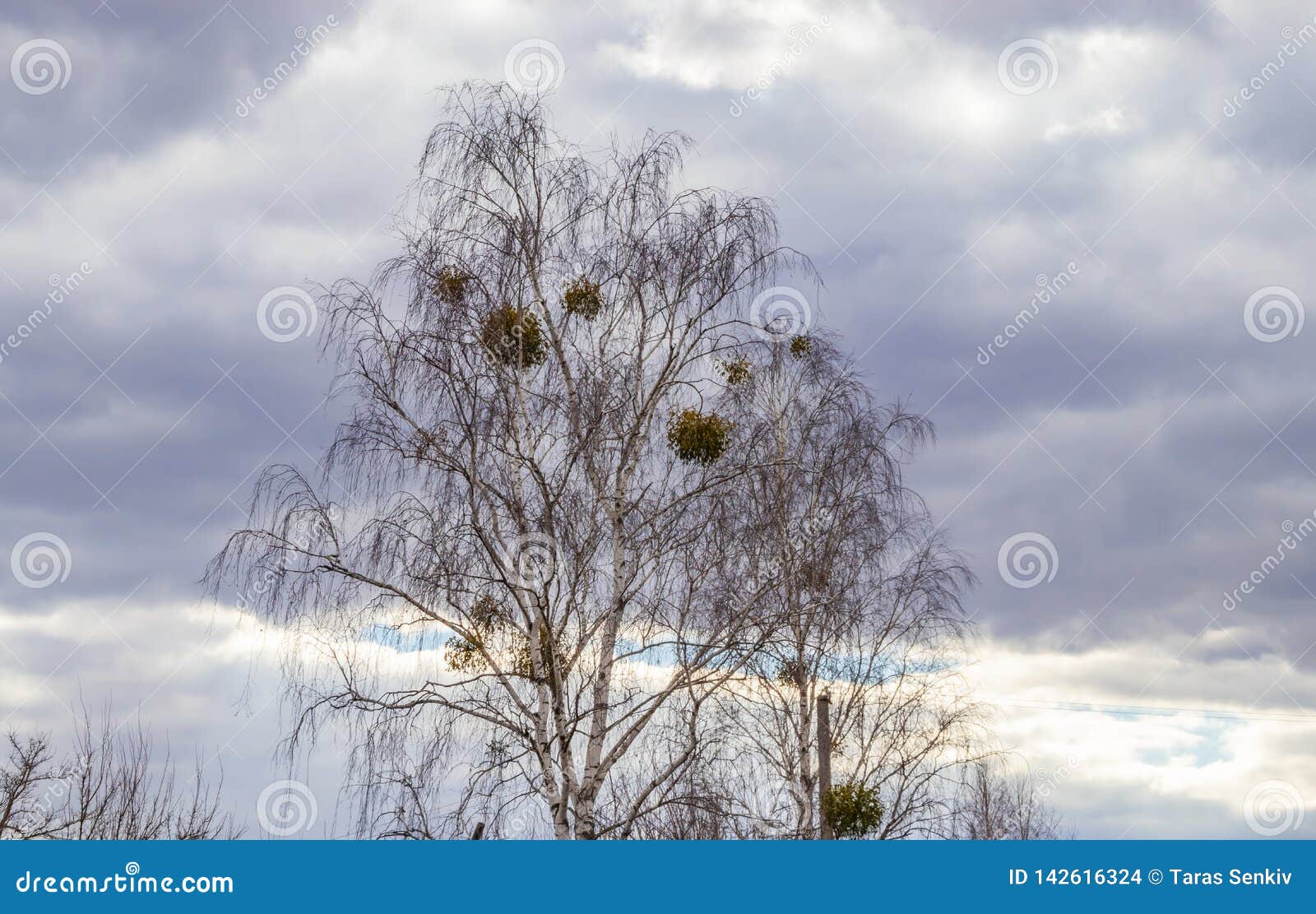
+
The tradition of kissing under mistletoe is linked to ancient beliefs about its powers to bestow fertility, protection, and love. This practice has evolved over time, symbolizing a magical moment of connection and affection during the holiday season.
Can mistletoe be beneficial in any way?
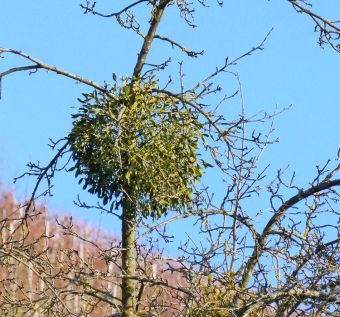
+
Yes, mistletoe plays an ecological role by providing habitat and food for wildlife. It also adds biodiversity to forests by altering tree structures, creating different microhabitats. In some cultures, it has been used for medicinal purposes, though this should be done cautiously due to its toxic compounds.


